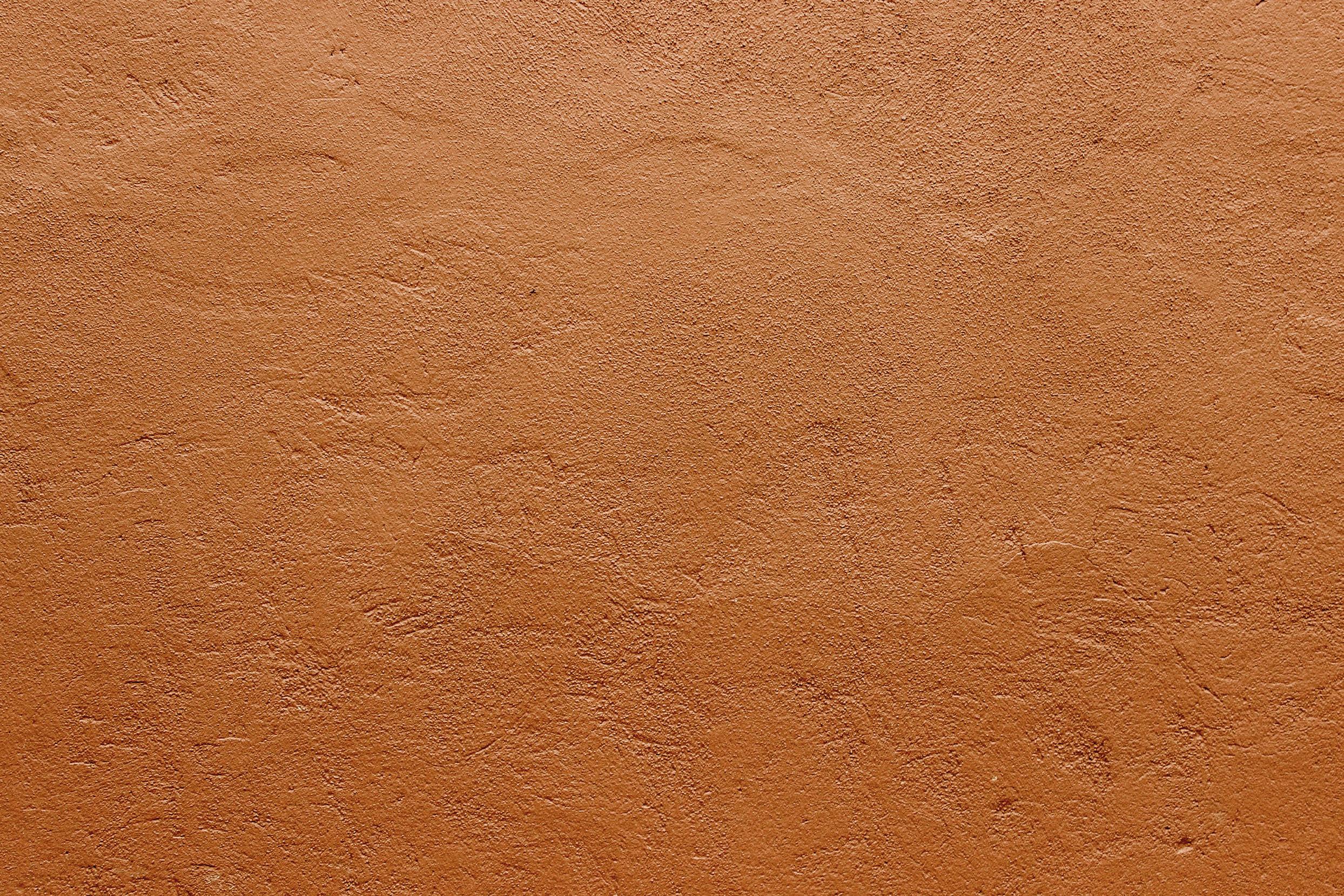
3 minute read
Hectorite clay – Unique mineral for manifold applications
from Coatings SA March
Inorganic rheology modifiers based on hectorite and bentonite clays are widely used in the formulation of manifold aqueous and, with specific modification, also for non-aqueous systems to provide excellent stability and anti-sag stability combined with efficient low-shear viscosity build as well as thixotropic flow characteristic.
Clay minerals are abundant in nature and are essentially composed of some of the most common elements found in the Earth’s crust. Clay minerals are crystalline, layered hydrous aluminium or magnesium silicates and therefore have twodimensional building blocks.
Hence, a clay layer is a platelet of nanoscopic thickness, which stacks to form a three-dimensional solid material. Clays can be classified based upon the composition of the individual clay platelet, which typically contains either one or two silicate sheets condensed on a (central) magnesium or aluminium hydroxide sheet.
The group of 2:1 clay platelet, to which smectite clays such as Hectorite and Bentonite belong to, contain two silica sheets and one central magnesium hydroxide or aluminium hydroxide sheet. Smectite clays experience charge deficiency occurring in the crystalline structure when a number of metal cations take up positions that are normally occupied by cations of higher valency.
These so called isomorphous substitutions leave a net negative charge on the clay platelet which is neutralised with exchangeable cations positioned on the surfaces of the clay platelets. Figure 2 provides an overview on the mineral structure of smectite clays.

Figure 1
Hectorite clay is a natural occurring clay that belongs to the group of smectite clay. It is obtained when some magnesium cations are substituted by lithium in the clay layer structure. The negative charge on the platelet resides within the central octahedral sheet of the clay structure and is countered by exchangeable sodium to maintain magnetic neutrality. Additionally, to differences in the composition of the clay compared to other members of
the smectite group, size and shape of the individual platelets play a major role in its performance. The size of Hectorite is approximately 10 times smaller than Bentonite. As the thickening effect is driven by the edge length of the platelets, the resulting longer edge length of the hectorite offers a major benefit after activation.
Hectorite clay can be activated by delamination of the platelets driven by swelling in pure water with high shear dispersion. The sodium ions hydrate, pushing the platelets apart and the clay swells.
The high shear forces during dispersion cause the platelets to move away from each other as colloidal, slightly charged particles. After removal of shear, double-layer effects, van der Waals forces of attraction and electrostatic repulsion result in the flocculation edge-toedge, which is visible as the desired viscosity is formed.


Figure 2
Due to the longer edge length of hectorite in comparison to bentonite, it builds a much higher low shear viscosity when formulated at an equal concentration in water.
The thixotropic effect is also significantly stronger.
Hectorite however, requires higher shear during delamination due to its smaller particle size.

Figure 3
Hectorite clays are being formulated in various systems. Besides the mentioned application in the market segment of paints and coatings, hectorite clays find use in ceramics laundry, cosmetics, medicine, pottery, porcelain etc. A further famous application is water treatment due to the strong adsorption power of the platelet surfaces.
In addition, the platelet surfaces can be modified in a reaction with quaternary ammonium compounds converting the clay into a hydrophobic form that is used for solvent-borne systems – an organoclay.
Depending on the type of quaternary ammonium species used, products can be designed for all different polarities and chemistries of solvents. Hectorite based organoclays dominate in performance in comparison to similar Bentonite based grades.
These products are commercially available under the registered BENTONE® and BENAQUA® name
and are considered as industry benchmarks.

Figure 4
Figure 5
For more information, contact Carst & Walker Tel: 011-489-3600 | Email: info@carst.co.za | Web: www.carst.co.za

